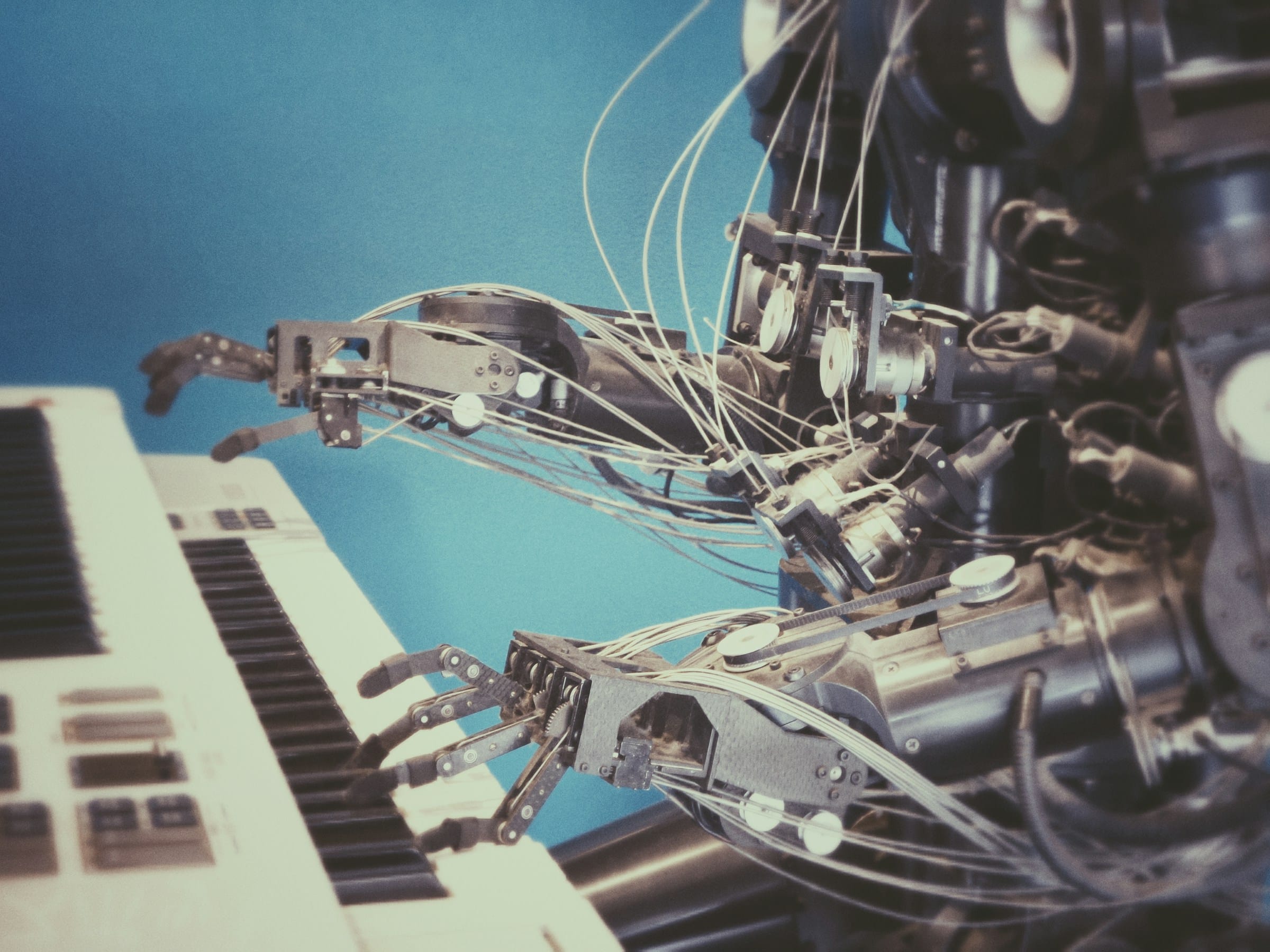
In the heart of the UK's manufacturing industry, the integration of AI-powered predictive maintenance is revolutionizing how businesses operate. With the advent of technologies like machine learning, predictive analytics, and data-driven decision-making, companies can now foresee equipment failures before they happen. This not only enhances operational efficiency but also contributes to continuous improvement in the production process. Let's dive into the best practices for implementing AI-powered predictive maintenance in your manufacturing processes.
Predictive maintenance uses predictive analytics and machine learning algorithms to analyze time data from various equipment. This approach differs from preventive maintenance, which relies on scheduled inspections irrespective of equipment condition. With predictive maintenance, you can predict when an asset will fail and act proactively, avoiding downtime and extending equipment life.
Sujet a lire : How Can AI Enhance the Personalization of UK E-learning Platforms?
By leveraging real-time data, predictive maintenance models continuously update, providing accurate predictions. Tools like Google Scholar and CrossRef offer a wealth of academic resources to understand these models' theoretical underpinnings. Implementing these strategies means you're utilizing data-driven analysis for smarter decision making in real-time, ensuring that your systems are always operating at peak efficiency.
Integrating AI and machine learning into your maintenance strategy involves more than just technology. It's about creating a culture that values data analytics and continuous learning. To start, you need to collect comprehensive time data from your equipment. This data forms the backbone of your predictive models.
Cela peut vous intéresser : How Can AI Improve Customer Retention Strategies for UK Online Retailers?
AI algorithms, particularly those involving deep learning, analyze this data to identify patterns and predict potential failures. These insights can help you develop a more effective maintenance strategy, optimizing both inventory management and supply chain processes. Artificial intelligence not only predicts when maintenance is needed but also suggests the best corrective actions, ensuring minimal disruption to your production schedule.
For example, Google Scholar provides access to numerous scholarly articles and case studies on AI in predictive maintenance, allowing you to learn from others in the field. Additionally, platforms like CrossRef can help you track the latest research and developments in predictive analytics, ensuring your strategies are always cutting-edge.
In the competitive landscape of the manufacturing industry, the benefits of predictive maintenance are manifold. First and foremost, it significantly reduces downtime. By predicting when equipment will fail, maintenance can be performed during scheduled downtimes, thus avoiding unexpected production halts.
Another major advantage is cost savings. Reactive maintenance is often more expensive due to emergency repairs and the potential need for replacement parts. Predictive maintenance allows for better inventory management, ensuring that you have the right parts on hand when needed, without overstocking.
Additionally, this approach contributes to quality control. Consistently well-maintained equipment produces higher-quality products, reducing the rate of defects and returns. This not only improves customer satisfaction but also enhances your brand's reputation.
Finally, predictive maintenance supports continuous improvement. By constantly monitoring and analyzing equipment data, you can identify areas for improvement and optimize your processes over time. This leads to greater operational efficiency and a more agile, responsive manufacturing operation.
While the benefits are clear, implementing predictive maintenance is not without its challenges. One of the primary obstacles is the initial investment in technology and training. AI and machine learning systems require sophisticated software, sensors, and skilled personnel to manage and interpret the data.
Furthermore, integrating these systems with existing equipment and production processes can be complex. It requires a thorough understanding of both the machinery and the predictive models being used. Collaborating with experts in data analytics and machine learning is crucial to ensure a smooth implementation.
Another challenge is data management. The sheer volume of data generated by modern manufacturing equipment can be overwhelming. Effective data analytics and storage solutions are essential to handle this data efficiently and derive meaningful insights.
Lastly, fostering a culture of data-driven decision making within your organization is critical. This means training employees to understand and trust the predictions made by AI systems and encouraging them to use this information to make informed decisions. Over time, as the benefits become evident, this cultural shift will become self-reinforcing.
Looking ahead, the future of AI-powered predictive maintenance in manufacturing is bright and full of potential. As technology continues to advance, we can expect even more sophisticated predictive analytics models and machine learning algorithms. These will provide even more accurate predictions, further reducing downtime and enhancing operational efficiency.
One exciting development is the integration of deep learning techniques. By analyzing massive amounts of data, deep learning models can uncover complex patterns and relationships that simpler models might miss. This leads to more accurate predictions and more effective maintenance strategies.
Another trend is the increasing use of real-time data. As IoT devices become more prevalent, the amount of real-time data available for analysis will grow exponentially. This will enable even more precise and timely predictions, further enhancing the benefits of predictive maintenance.
Finally, we can expect to see greater integration of predictive maintenance with other aspects of manufacturing, such as quality control and inventory management. By taking a holistic approach to data-driven decision making, manufacturers can achieve even greater efficiencies and gains in productivity.
AI-powered predictive maintenance is transforming the manufacturing industry. By leveraging machine learning, predictive analytics, and real-time data, manufacturers can predict equipment failures before they happen, reducing downtime and costs while improving quality control and operational efficiency. While there are challenges to implementing these systems, the benefits far outweigh the costs. As technology continues to advance, the capabilities of predictive maintenance will only grow, making it an indispensable tool for modern manufacturing.
In conclusion, embracing AI-powered predictive maintenance is not just a smart move; it is a necessary step towards staying competitive in today's fast-paced manufacturing landscape. By following best practices and learning from the wealth of resources available, you can ensure a successful implementation and reap the rewards of this revolutionary technology.